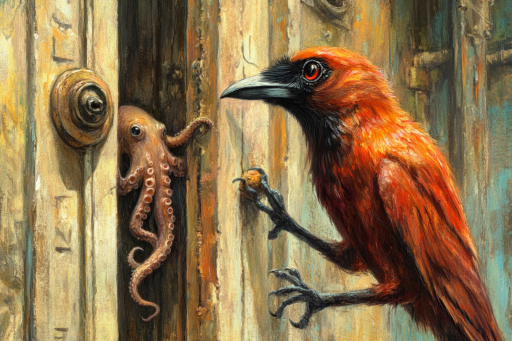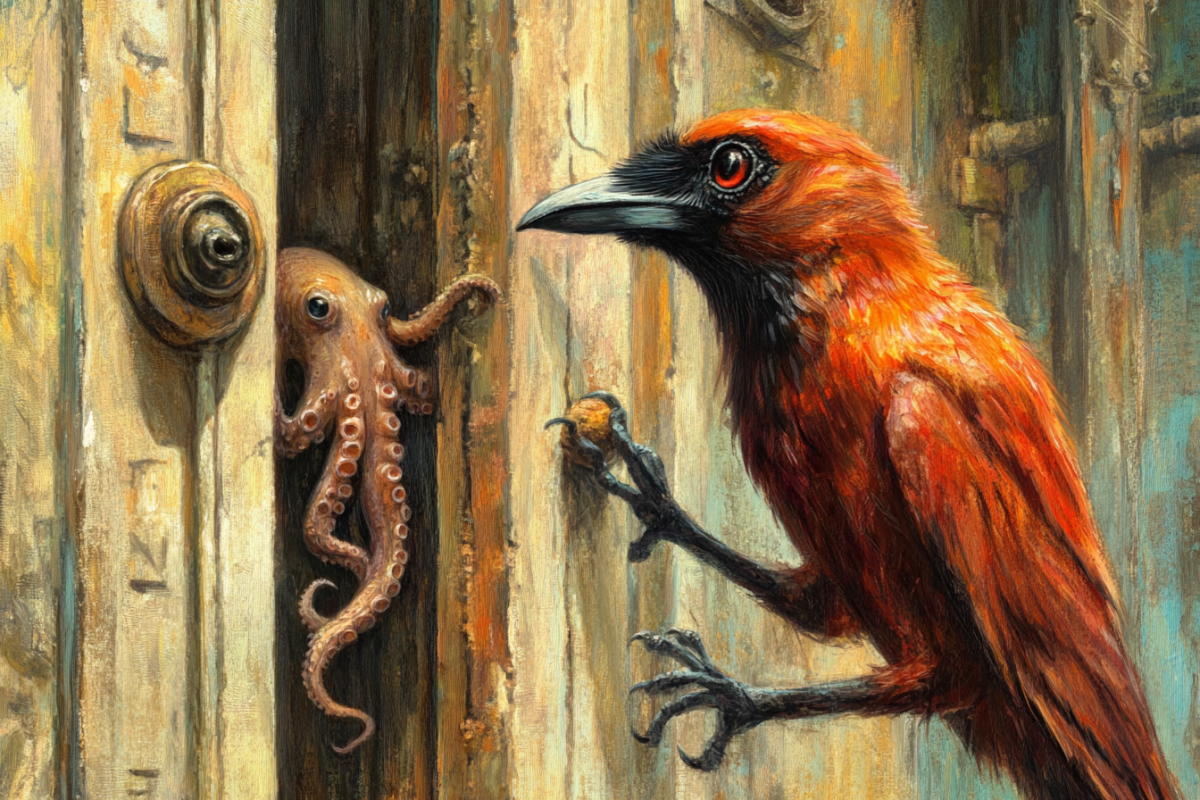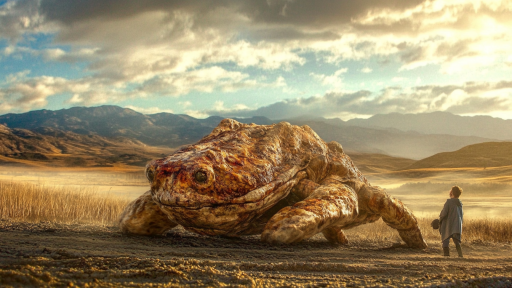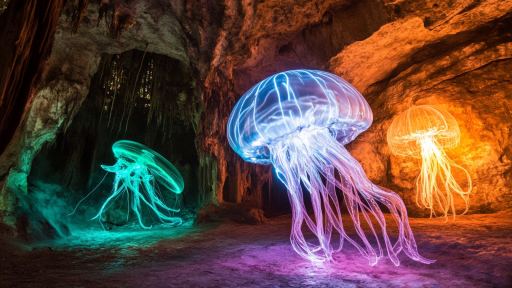
Humans like to think they’re at the top of the intelligence ladder, but animals have a way of proving otherwise. From sneaky survival tactics to clever problem-solving, creatures across the world have found ways to manipulate, deceive, and outthink their human counterparts. Whether it’s stealing food, breaking into homes, or even tricking scientists, their ingenuity challenges what we believe about intelligence. These bizarre and brilliant behaviors might just make you question who’s really in control.
Crows Use Cars as Nutcrackers

Crows have figured out that cracking open hard nuts can be as simple as dropping them in traffic. In cities across the world, these birds place nuts on busy roads, wait for cars to run them over, and then swoop in once the light turns red. Some have even learned to use pedestrian crosswalks, ensuring their meal isn’t snatched away by moving traffic. This level of problem-solving rivals that of young children, proving crows are far more cunning than we give them credit for.
Octopuses Escape Like Criminal Masterminds

Octopuses are legendary escape artists, capable of squeezing through tiny gaps, unscrewing jar lids, and even plotting elaborate breakouts from aquariums. Some have been known to flood labs by dismantling water pipes, while others sneak out at night to steal food from neighboring tanks. Their ability to remember patterns and recognize human faces makes them even more effective in their clever escapes. If there’s an opening, an octopus will find it—and take advantage of it.
Dolphins Trade for Rewards

At a marine research facility, a dolphin once figured out how to game the system. Trainers rewarded dolphins for bringing trash to the surface, but one dolphin began hiding pieces of paper and slowly tearing them apart—bringing each piece up separately for extra treats. Other dolphins have been seen using sea sponges as tools, fashioning “masks” to protect their snouts while hunting. These ocean dwellers are not just playful—they’re strategic.
Rats Learn to Beat Lab Tests

Scientists conducting behavioral experiments often find that rats learn how to cheat the system. In some cases, rats have figured out how to predict test patterns, avoiding traps and maximizing their rewards. Others have manipulated pressure sensors meant to detect their movements, tricking researchers into thinking they were performing tasks when they were actually lounging. The phrase “lab rat” might need a new meaning when the test subjects start outsmarting their experimenters.
Parrots Outsmart Voice-Activated Devices

Pet parrots have learned how to mimic human voices so well that they can trick smart home assistants. Some have been caught ordering food, playing music, or even turning off the lights while their owners are away. Others use their abilities to manipulate people—mimicking a ringing phone or calling a pet’s name to cause confusion. It turns out that a talking bird can be more than just entertaining; it can be an expert in mischief.
Orangutans Use Tools to Escape Enclosures

In zoos and research centers, orangutans have been seen using sticks, wires, and even stolen keys to unlock their cages. One orangutan repeatedly picked locks and hid the tools in its mouth or under its fur to avoid detection. Their ability to use tools rivals that of early humans, making them some of the most intelligent escape artists in the animal kingdom. When it comes to captivity, orangutans refuse to stay confined for long.
Foxes Use Earth’s Magnetic Field to Hunt

Foxes hunting in deep snow have been observed jumping in precise angles—always facing northeast—to catch hidden prey. Researchers believe they use the Earth’s magnetic field to pinpoint their targets, aligning their bodies like natural compasses. This technique improves their success rate, allowing them to outsmart their prey and even scientists trying to understand their abilities. With built-in GPS, foxes prove that nature is more advanced than we realize.
Elephants Outsmart Poachers
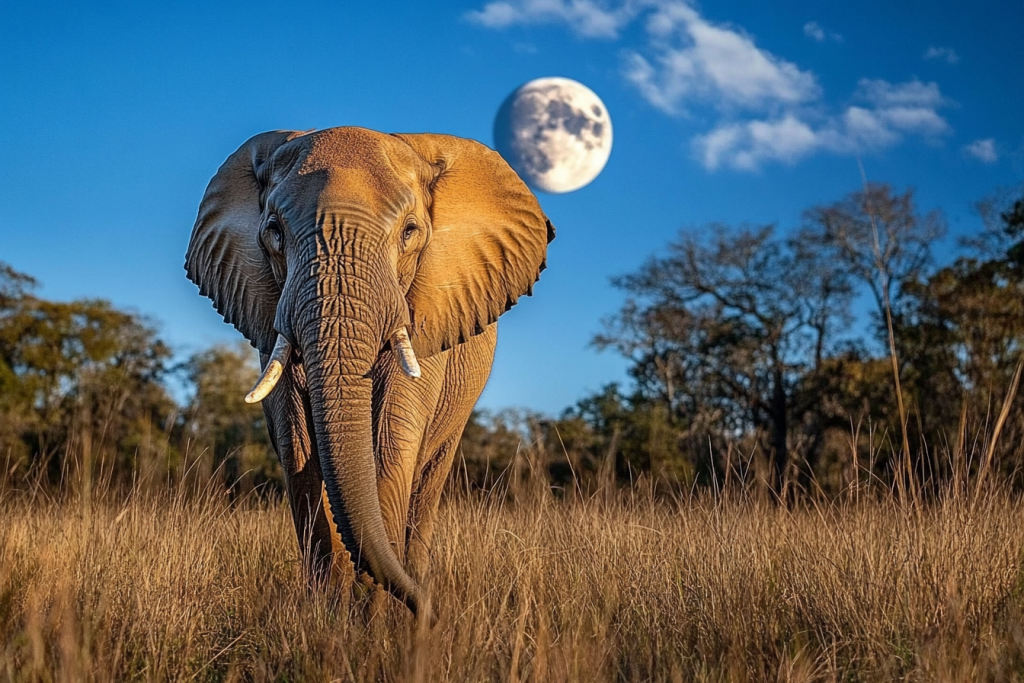
In regions where poaching is a threat, elephants have started moving at night to avoid human hunters. Some have even been observed removing tracking devices from their bodies, sensing that the technology could be used against them. Their ability to remember danger zones and communicate warnings to their herds shows a level of strategic intelligence that rivals human survival instincts. These giants aren’t just strong—they’re wise.
Coyotes Trick Hunters and Pets

Coyotes have adapted to city life by using traffic, human habits, and even domesticated pets to their advantage. Some have been seen pretending to play with dogs, luring them away from safety before their pack intervenes. Others have learned to time their movements with garbage collection days, maximizing food opportunities while avoiding human detection. Their urban intelligence proves that survival is as much about strategy as it is about strength.
Ravens Create Distractions to Steal Food

Ravens have been caught faking alarms, pretending to warn other animals about danger, only to swoop in and steal their unattended meals. Some even work in pairs—one distracting a predator while the other snatches food. Their problem-solving skills are so advanced that they can plan thefts in advance, remembering past experiences and adjusting their tactics. With intelligence rivaling primates, ravens might just be nature’s best con artists.
Baboons Recognize and Outsmart Human Rules

In some parts of Africa, baboons have learned how to manipulate human behavior. They’ve been observed waiting for tourists to lower their car windows before raiding vehicles for food. Others have memorized schedules and know exactly when workers leave gates unlocked. Their ability to understand human patterns and take advantage of them proves they’re paying closer attention to us than we realize.
Sharks Outwit Tracking Technology

Marine researchers have found that sharks tagged with tracking devices often shake them loose or travel to areas where signals don’t reach. Some species have even learned to avoid boats altogether, recognizing the sound of motors associated with human interference. Their ability to adapt to surveillance suggests an awareness of human activity—and a preference for staying one step ahead.
Squirrels Fake Burying Food to Trick Thieves

Squirrels don’t just bury nuts—they pretend to, fooling potential thieves into thinking food is hidden where it’s not. This strategy confuses birds and rival squirrels, ensuring the real stash remains untouched. Studies have shown that squirrels will go through elaborate fake digging rituals, demonstrating foresight and deception skills usually associated with humans. Even in the animal world, a little trickery goes a long way.
Who’s Really in Charge?

For centuries, humans have believed they dominate the animal kingdom, but these cunning creatures tell a different story. From complex problem-solving to strategic deception, animals have developed intelligence that rivals our own in surprising ways. If they’re already learning how to manipulate us, it begs the question—who’s really studying whom?

